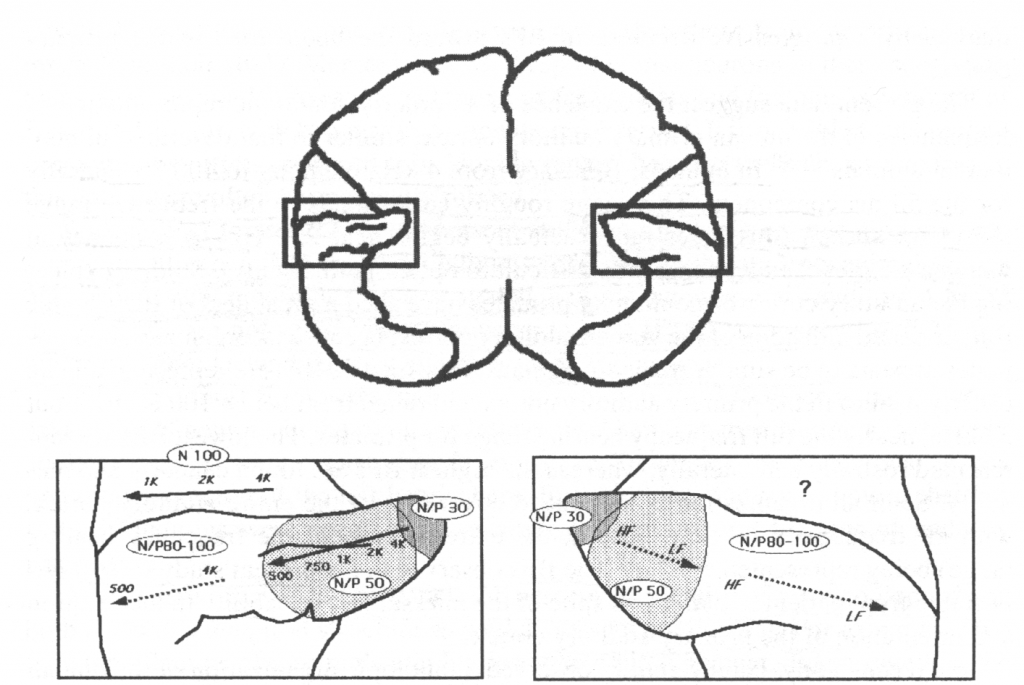

the animals could see lights with their auditory cortex. AP Psychology Unit 3 Biological Bases of Behavior Practice test 1. Currents in left IFG and left auditory cortex were correlated to response times exclusively in AP. Biological Psychology, Department of Psychology, European Medical. View Assessment - Chapter 3 Test 2 from PSYCH 10 at University of California, Los Angeles. Non-AP musicians had stronger N1 currents in right auditory cortex than nonmusicians. Compared with non-AP musicians, AP musicians exhibited stronger source currents in right insula and left IFG during N1, and stronger currents in left IFG during P2. Compared with NM, AP musicians had weaker source currents in left auditory cortex but stronger currents in left inferior frontal gyrus (IFG) during N1, and stronger currents in left IFG during P2. Source analyses showed decreased auditory cortex and increased frontal cortex contributions to N1 for complex tones compared with pure tones. N1 latency was shortest in AP, intermediate in non-AP musicians, and longest in NM. The thalamus is often described as the brain’s relay station as a great deal of information that reaches the cerebral cortex first stops in the. Stimuli evoked a negative deflection peaking at ~100 ms (N1) post-stimulus onset, followed by a positive deflection peaking at ~200 ms (P2). How are the following activated as you listen to the soundtrack of your favorite film - Cochlea - Auditory nerve - Auditory cortex. The thalamus is situated at the core of the diencephalon, which is a part of the forebrain, and also contains the hypothalamus, epithalamus, and subthalamus. Participants responded to pure tones and sung voice. We compared time needed for auditory processing in AP musicians, non-AP musicians, and nonmusicians (NM) using high-density electroencephalographic recording. The auditory cortex is found bilaterally in the temporal lobes. Wernicke’s area is included in the auditory cortex and is responsible for language comprehension. The speed of AP labeling may be related to faster sensory processing. The auditory cortex functions to analyze and decode auditory information collected by the ears and relayed along the auditory nerves. doughnut shaped system of neural structures, includes hippocampus, amygdala, and hypothalamus. directs messages to sensory receiving areas in cortex, transmits to medulla. Controls involuntary vital functions such as heartbeat and breathing. Absolute pitch (AP) is the ability to rapidly label pitch without an external reference. The lowermost part of the brain in vertebrates.


 0 kommentar(er)
0 kommentar(er)
